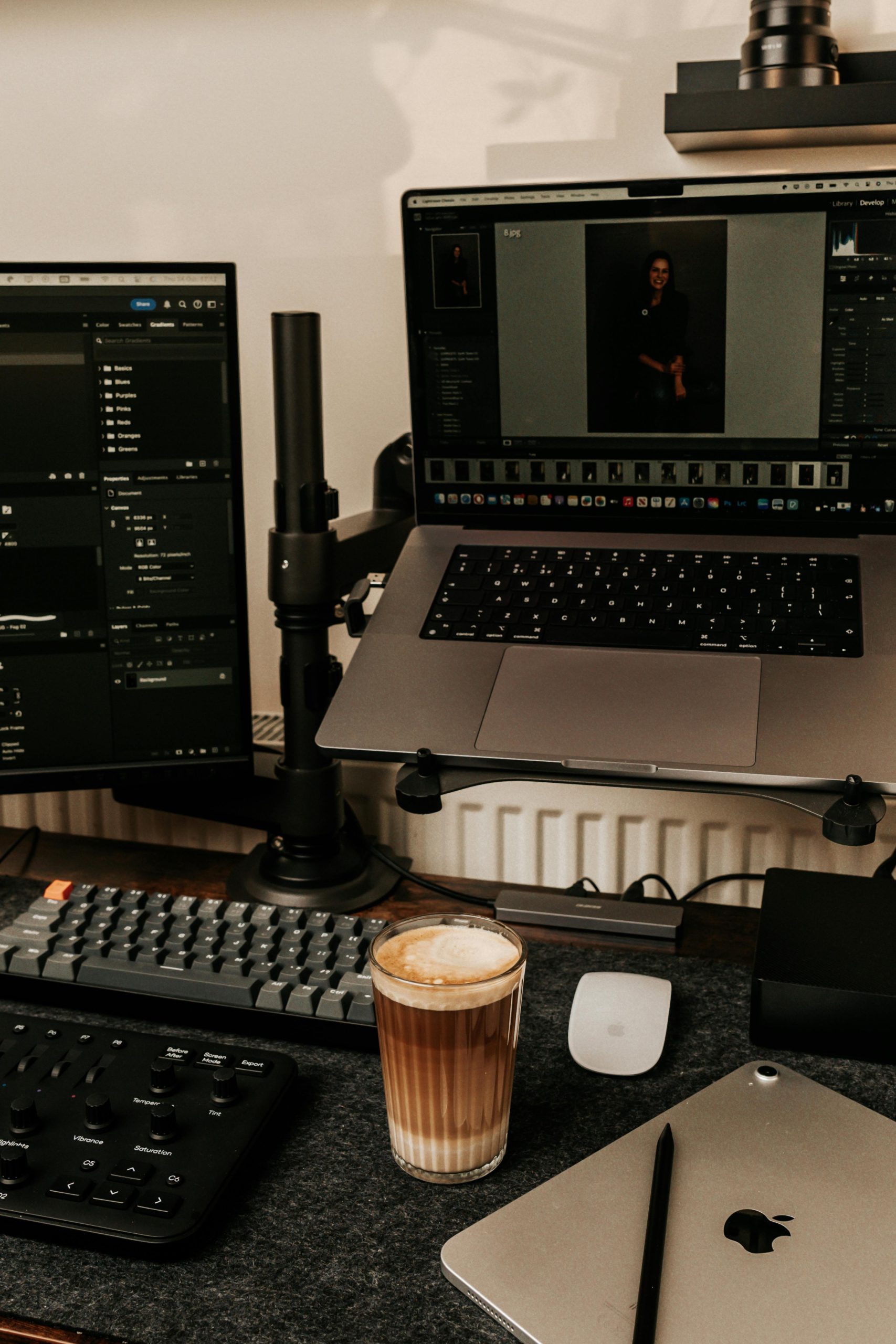Troubleshooting a Graphics Card Issue: Working Outside the Case, but Not Inside
If you’ve ever faced a frustrating situation where your graphics card functions perfectly when set up outside of your computer case but fails to work once installed, you’re not alone. Many PC enthusiasts encounter this perplexing problem, and while it can be disheartening, there are several steps you can take to diagnose and potentially resolve the issue.
Understanding the Problem
You’ve taken the initiative by testing your graphics card outside the case, and it’s reassuring to find that everything runs smoothly in that setup. The system powers up, the display is active, and all seems to be functioning as intended. However, the moment you mount the card back into the case, it seems to lose its capabilities and stops working entirely.
This situation can arise due to a variety of factors, and understanding the potential causes is essential for finding a solution. Below are some common issues and recommended troubleshooting steps you might consider.
Possible Causes and Solutions
- Short Circuits or Grounding Issues:
- Check for Grounding: Ensure that the graphics card’s mounting bracket and screws are properly installed. Sometimes grounding issues can occur if the card makes contact with other metal parts inside the case.
-
Standoffs: Verify that the motherboard standoffs are properly placed. If they are absent or misaligned, grounding issues might prevent the graphics card from receiving power.
-
Insufficient Power Supply:
- Verify Power Connections: Make sure that the power supply cables are connected to the graphics card correctly. A loose or incomplete connection may prevent the card from functioning when enclosed in the case.
-
Consider Power Requirements: Assess whether your power supply unit (PSU) is adequate for your setup, especially if the card requires additional power connectors.
-
Case Restrictions:
- Airflow and Overheating: Check for any obstructions that may impede airflow and cause the graphics card to overheat. Some cases may have inadequate ventilation, affecting performance.
-
Cable Management: Ensure that no cables are obstructing the installation of the graphics card, which could unintentionally press against the card and affect its operation.
-
BIOS Settings:
- Update BIOS: Sometimes an outdated BIOS can lead to compatibility issues. Check for any available updates from the motherboard manufacturer that could enhance system stability.
- Reset to Defaults: If you recently changed settings
Share this content:

